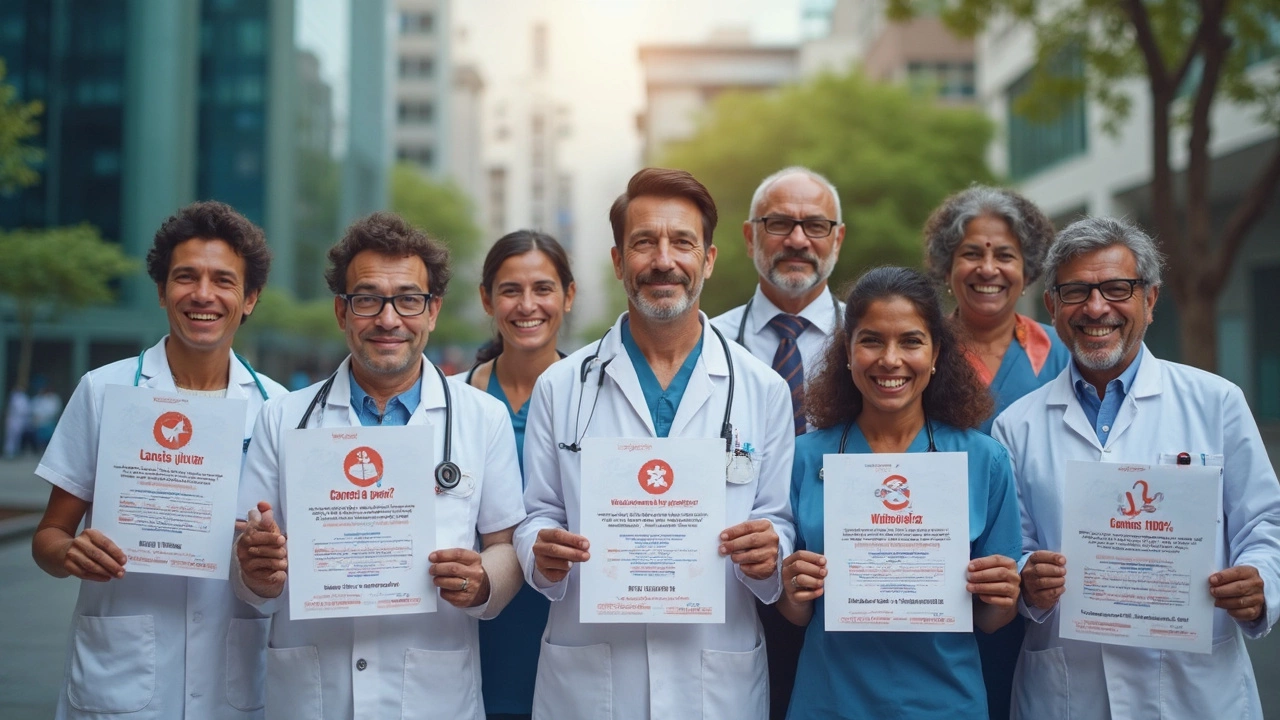Early Cancer Treatment: Why Timing Saves Lives
When talking about early cancer treatment, the medical approach that starts therapy as soon as cancer is spotted, often before symptoms appear. Also known as early-stage cancer therapy, it aims to stop disease before it spreads. A key part of this strategy is cancer detection, screening methods like mammograms, colonoscopies, low‑dose CT scans, Pap smears and PSA tests that catch tumors while they are still tiny. Regular screening guidelines—annual mammograms for women over 40, colonoscopy every 10 years after 50, and lung‑cancer CT scans for high‑risk smokers—create a safety net that many patients rely on. Once a tumor is found, many patients move straight to chemotherapy, drug‑based treatment that can shrink or eliminate cancer cells quickly, often before surgery is considered. Early detection also reduces the chance of false‑positive surgeries because doctors have clear imaging and tissue data. Together, early detection and prompt therapy create a narrow window where outcomes improve dramatically, turning a scary diagnosis into a manageable health plan.
How Early Action Impacts Survival
Studies show that catching a tumor at stage I or II can double the five‑year cancer survival rates, the percentage of patients still alive five years after diagnosis. That’s because smaller tumors are less likely to have spread, making surgery, radiation, or targeted drugs more effective. For example, early‑stage breast cancer treated with a lumpectomy plus a short course of chemotherapy sees survival above 90 %, while the same disease diagnosed late drops below 60 %. Lung cancer follows a similar pattern: low‑dose CT screening in high‑risk groups has raised the five‑year survival from under 10 % to nearly 30 % for detected cases. In India, where skin and oral cancers are common, community screening programs have cut mortality by up to 25 % in participating regions. This link—early cancer treatment improves survival—forms the backbone of national screening initiatives and why doctors stress routine check‑ups. The faster the tumor is identified, the more treatment options remain viable, and the less aggressive those options need to be.
Choosing the right early cancer treatment depends on tumor type, genetic markers, and the patient’s overall health. Some cancers respond best to minimally invasive surgery followed by a brief chemotherapy cycle, while others need targeted therapy that attacks specific mutations or immunotherapy that trains the immune system to recognize cancer cells. Physicians also weigh factors like age, co‑existing conditions, and personal preferences to decide whether to start with chemo, radiation, or a watch‑and‑wait approach. Multidisciplinary teams—oncologists, surgeons, radiologists, and pathologists—collaborate to map out a personalized plan that balances effectiveness with quality of life. Side‑effects such as fatigue, nausea, or hair loss are discussed up front so patients know what to expect and can arrange support. The articles below walk you through the warning signs to watch for, break down how each therapy works, and share real‑world tips for navigating the early phases of care, giving you a clear roadmap to discuss with your doctor.
Is Any Cancer 100 Percent Curable? Myths, Facts, and Hopeful Realities in 2025
Uncover the truth about which cancers are considered 100% curable, explore survival rate stats, advances in medicine, and clear up common misconceptions.
